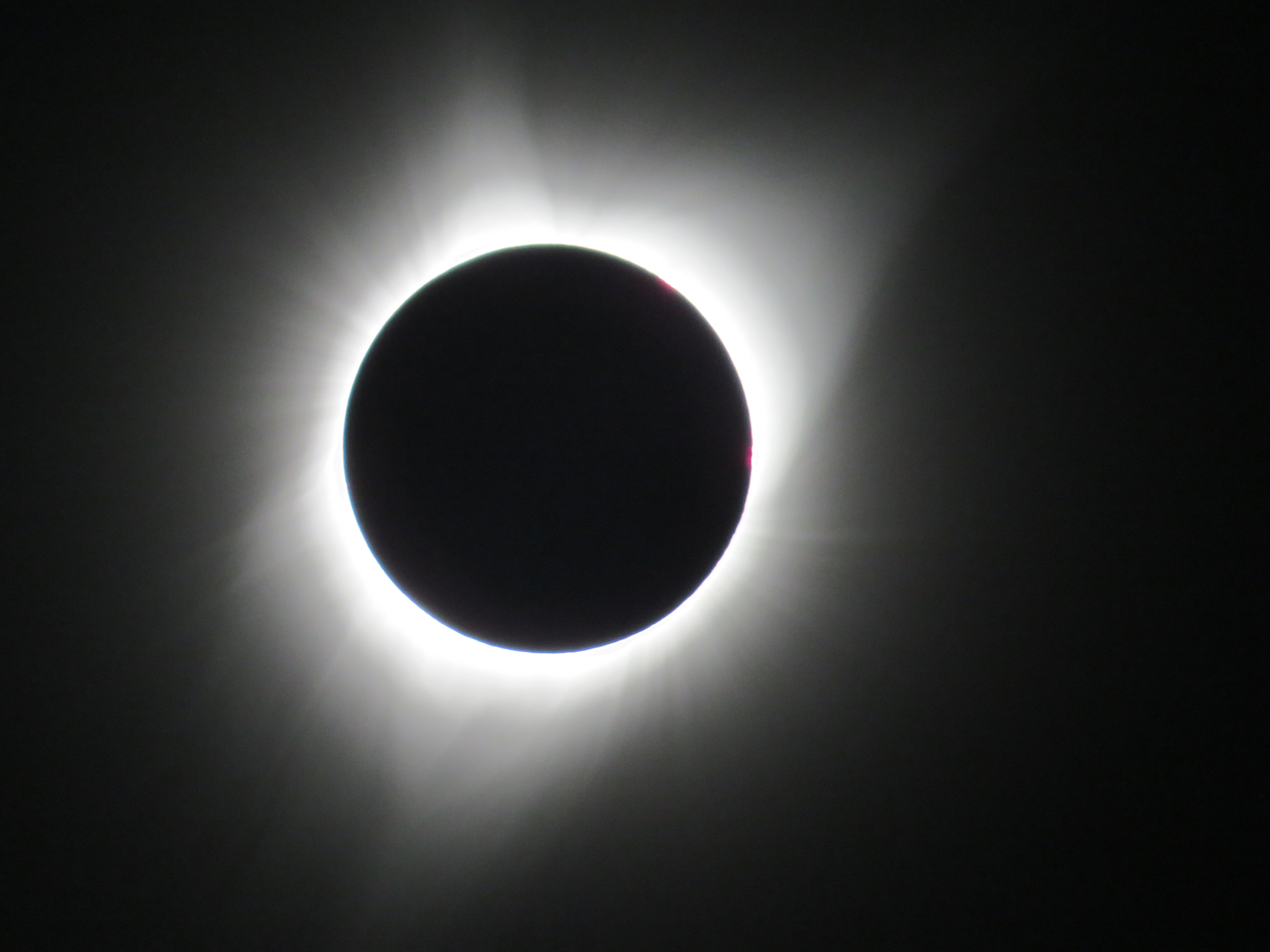 |
The Internet is full of resources for teaching the solar eclipse. There are books and articles you may want to check out to bring into your classroom for students to read. The official NASA Eclipse Website traces the path of the solar eclipse and provides video to observe the eclipse live as it occurs. In addition NASA shares information about eclipses past and future. Your students will enjoy the countdown until the eclipse and perhaps you can find an event in your area at this site. They even have directions to make your own 3D Printed Pinhole Projector in the shape of the United States or your state! And check out NASA's Math Challenges for all grades to perform basic math related to the August 21 solar eclipse. NASA Next Generation Science Standards approach to classroom instruction on the solar eclipse gets students to observe an anchoring phenomenon, ask driving questions, and set up investigations. A great example of how to make students leaders in their active learning.
One of my favorite online news sources is Smithsonian TeenTribune. I appreciate the way they level current news stories so students from Kindergarten through Grade 12 can read the same story at their own level in English or Spanish. When it comes to news events there are no alternate stories for students who are reading below grade level, they need to know the same relevant information about events in the news, so this source is a great addition to the classroom. The current edition of TeenTribune explains the viewing tools you can safely use to view the solar eclipse.
The University of Nebraska-Lincoln will also stream live video remotely from the UNL Student Observatory and the UNL Minnich Solar Telescope. So if you want to watch the solar eclipse from your classroom with your students in real time go to the UNL website. Concordia University, Nebraska will host over 2,000 K-12 students from across the state, as well as the public, to view the total eclipse with university students in the stadium. Beginning at 11:00am the Science department will provide updates and commentary audibly to viewers with visual information showing on the stadium screen.
Some possible student projects to extend student learning include: (1) mapping the path of the solar eclipse, (2) locating pictures of the phases of the eclipse and creating a multimedia presentation explaining each, (3) writing a blog or digital story about the experience including preparation, observing, and reflecting on the solar eclipse, and (4) creating a one-minute movie demonstrating the positions of the earth, moon, and sun during a solar eclipse. Possible technology tools to use include Google Maps, Google Images, NASA Image Gallery, Adobe Spark Page or Video, Blogger, and Swivl. Then be sure to have students share their projects and learning at your class/school website.
Enjoy the Solar Eclipse and all the best in the new school year!
